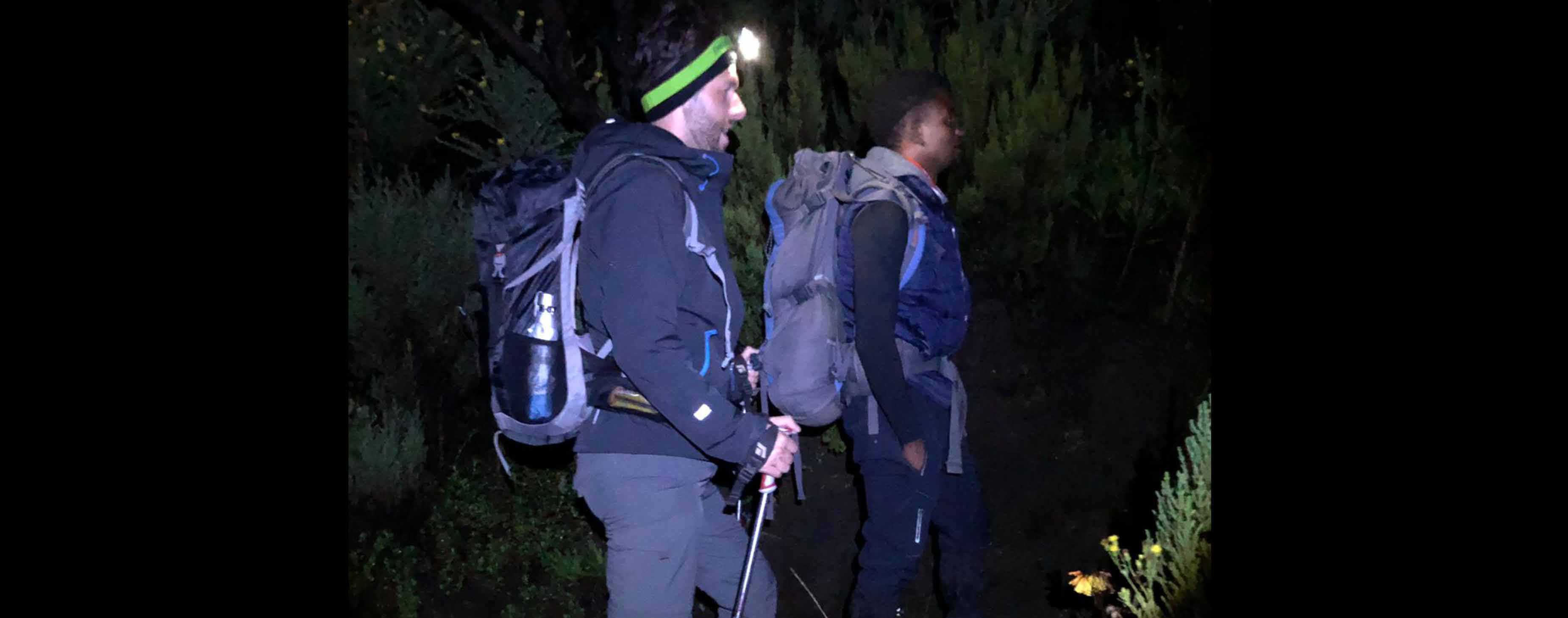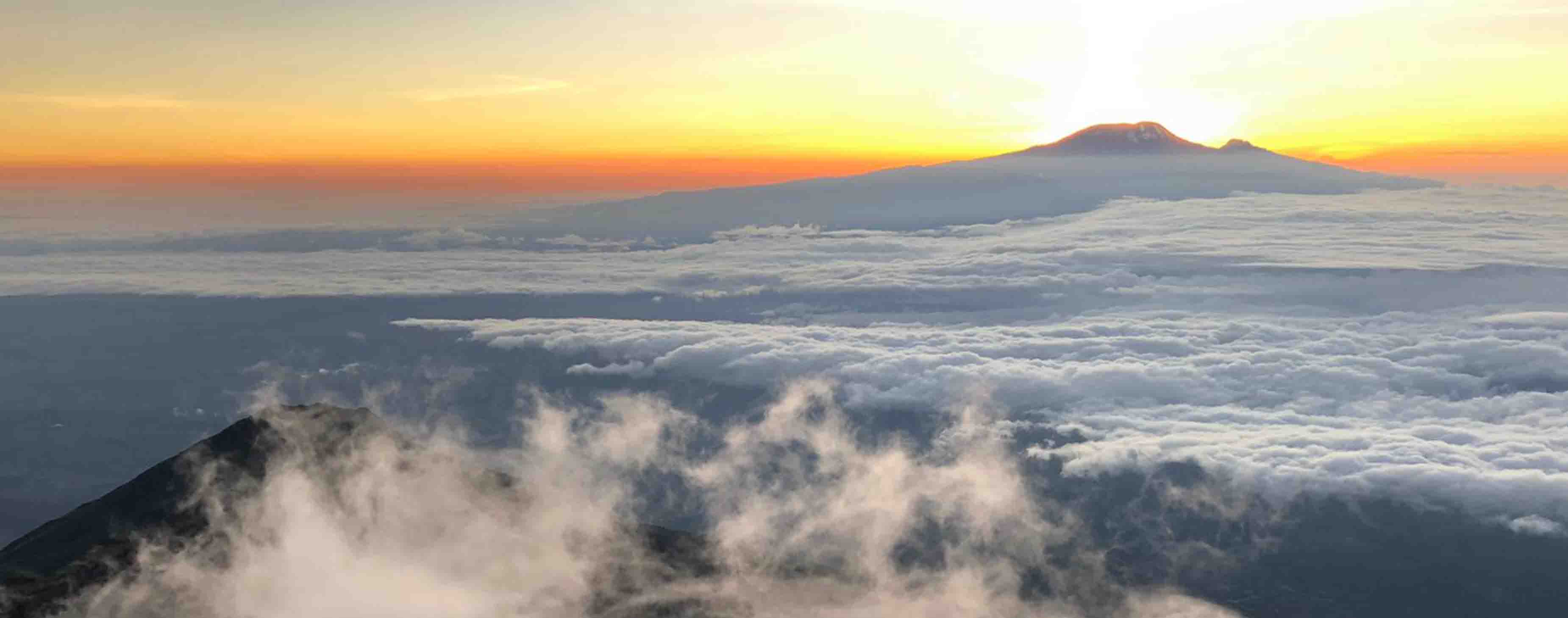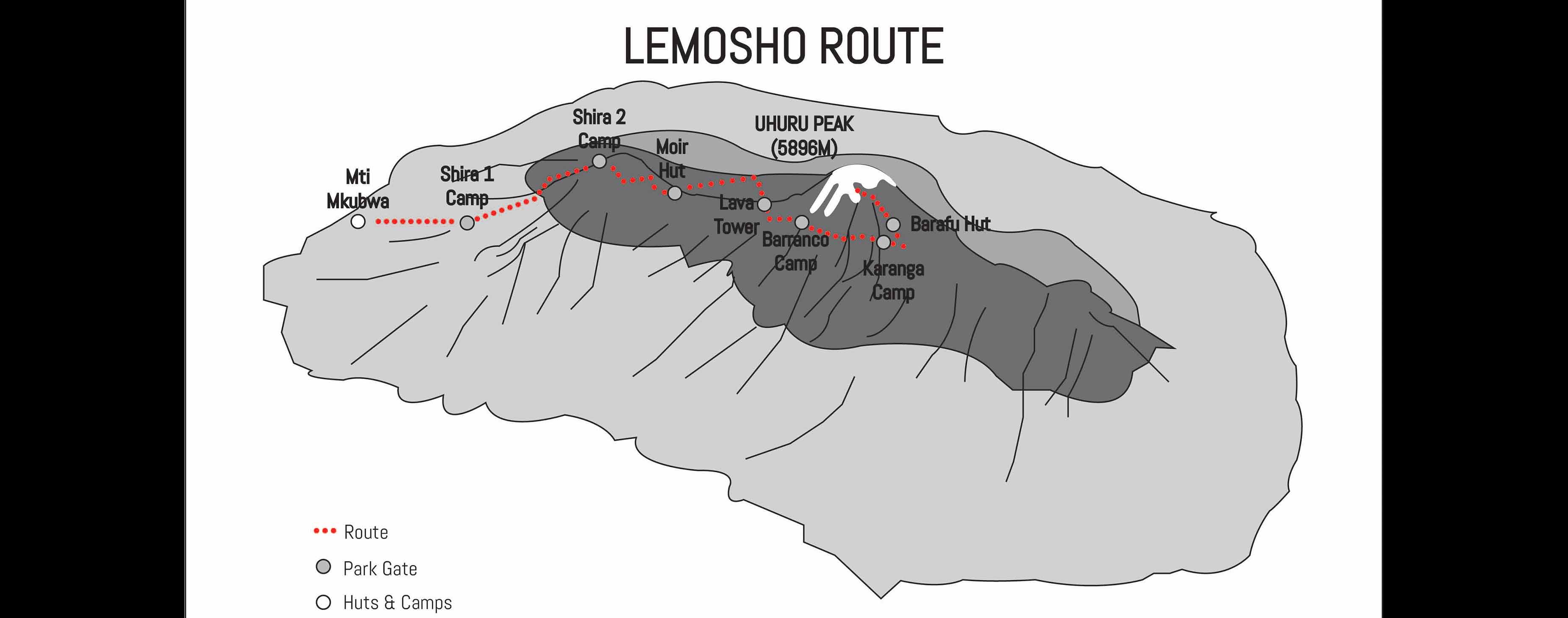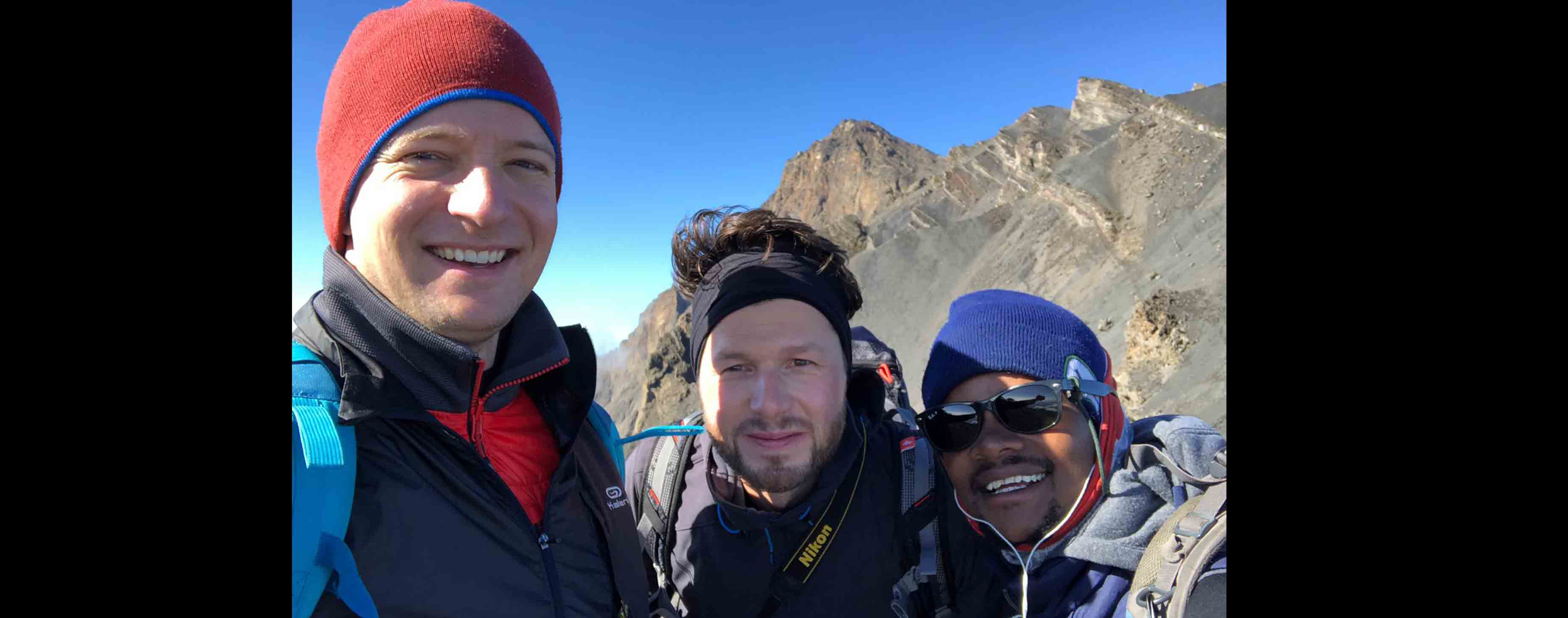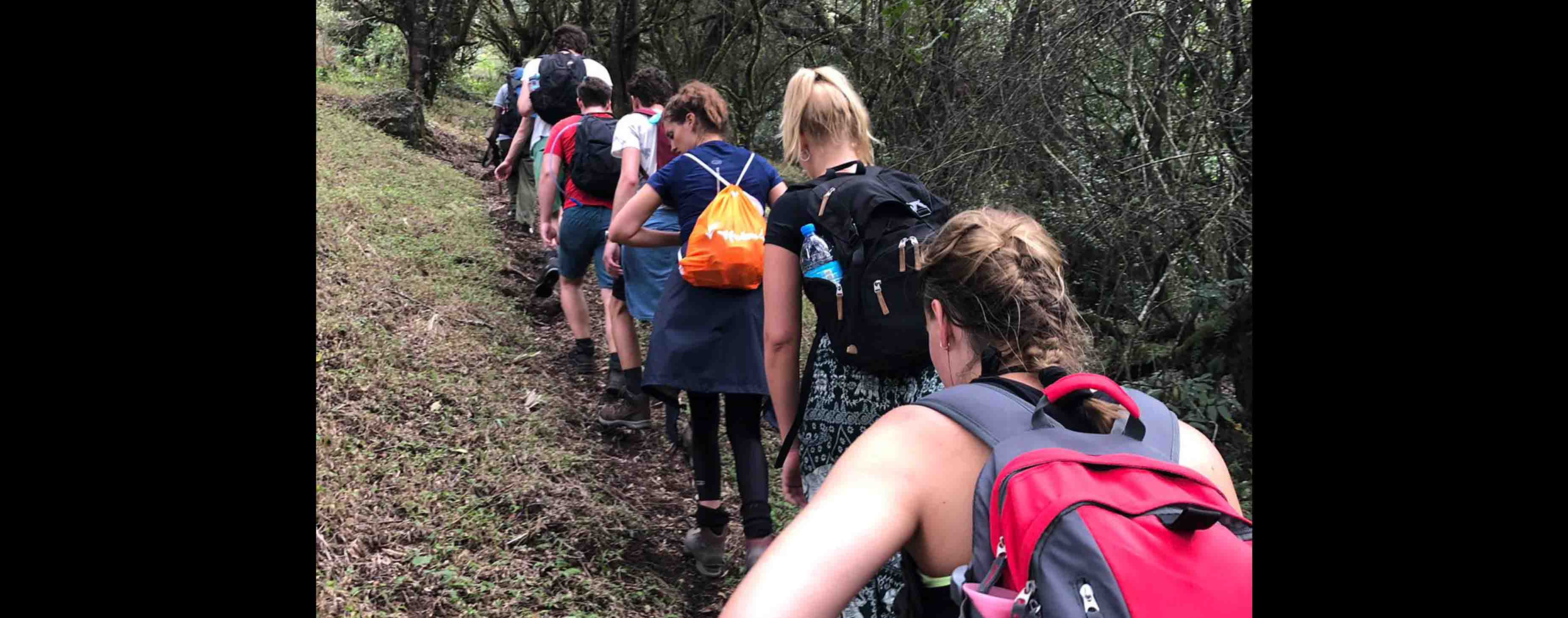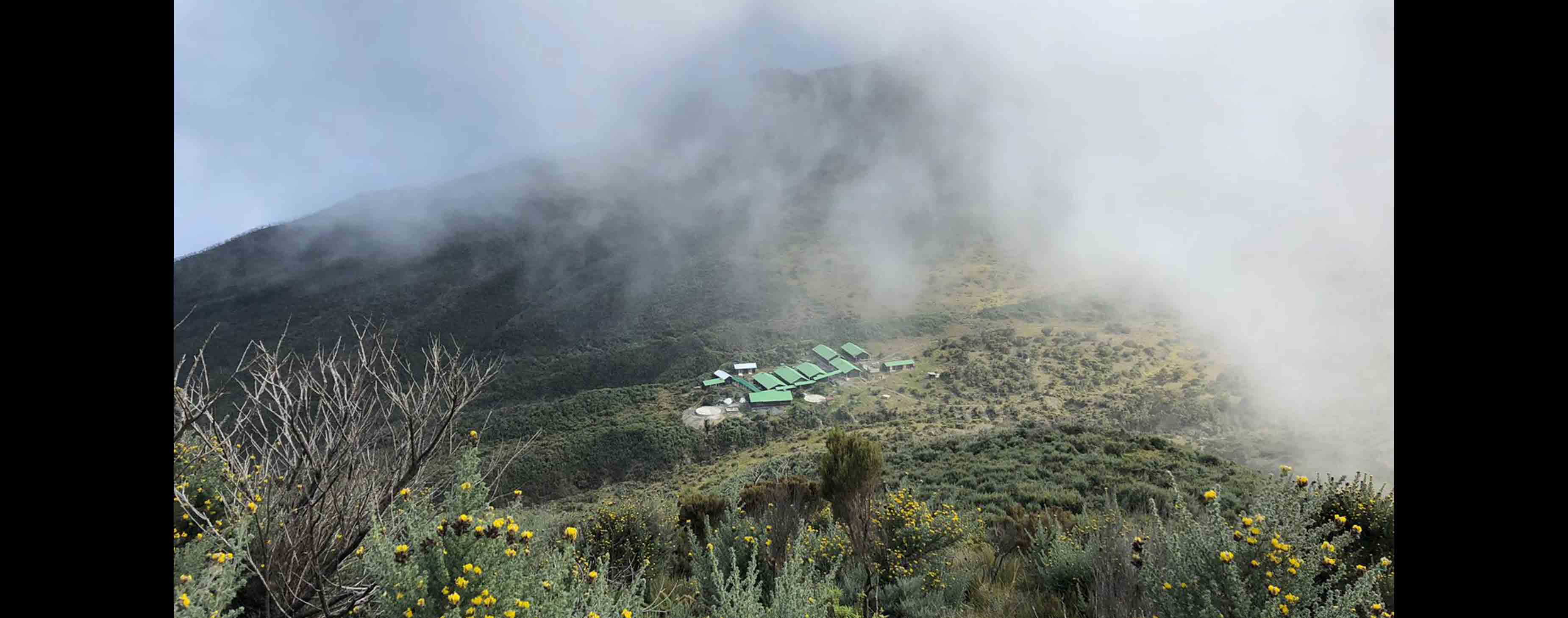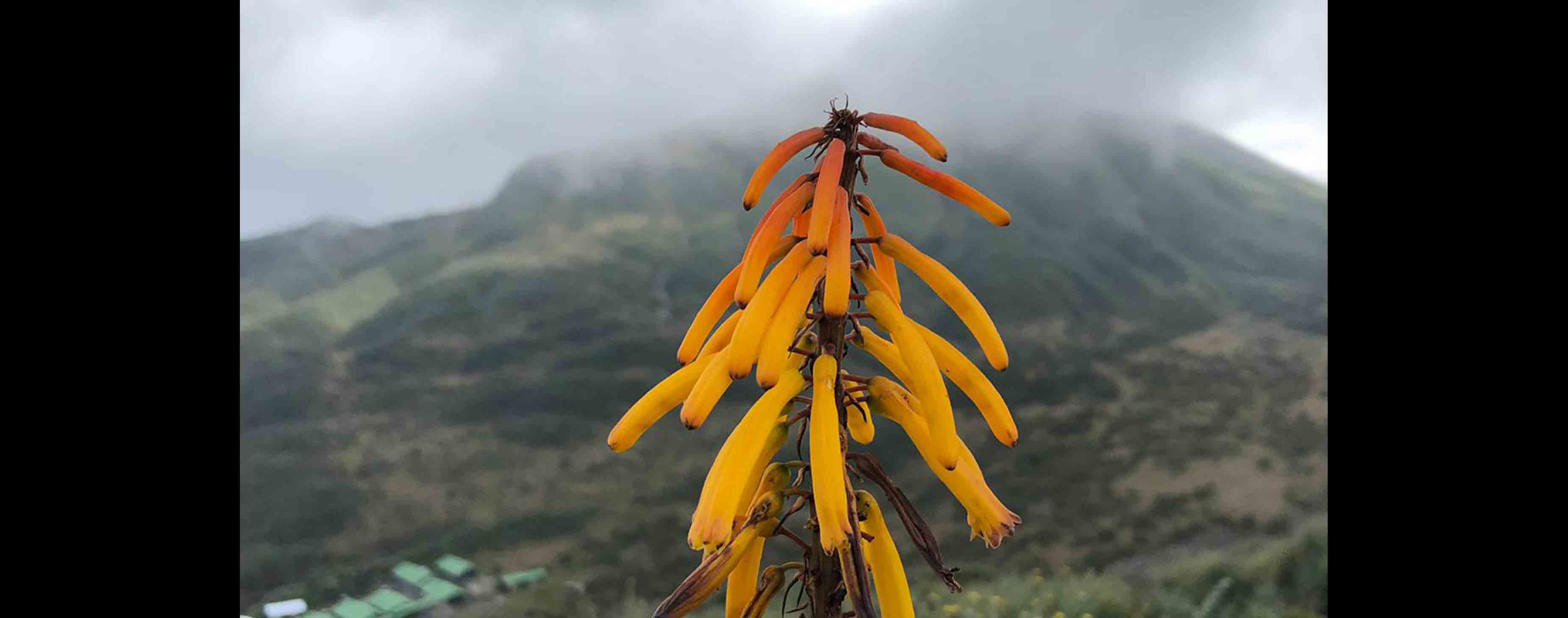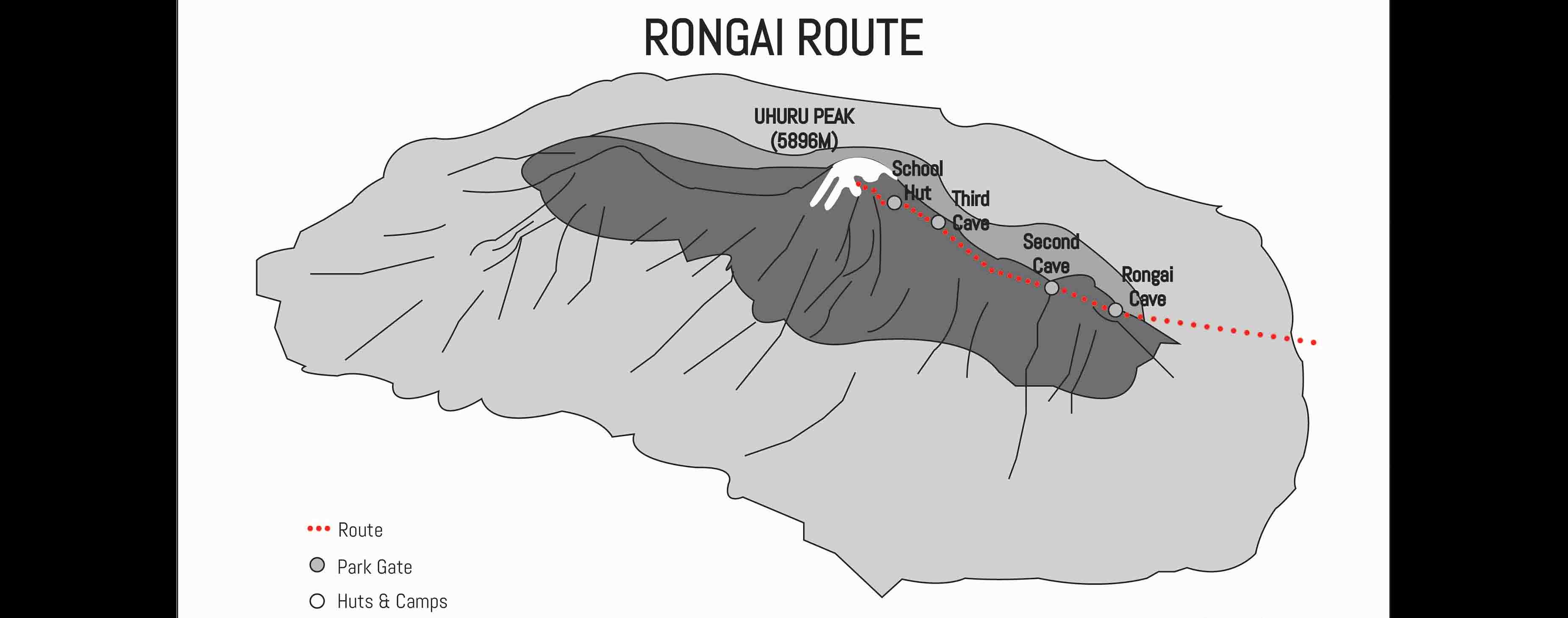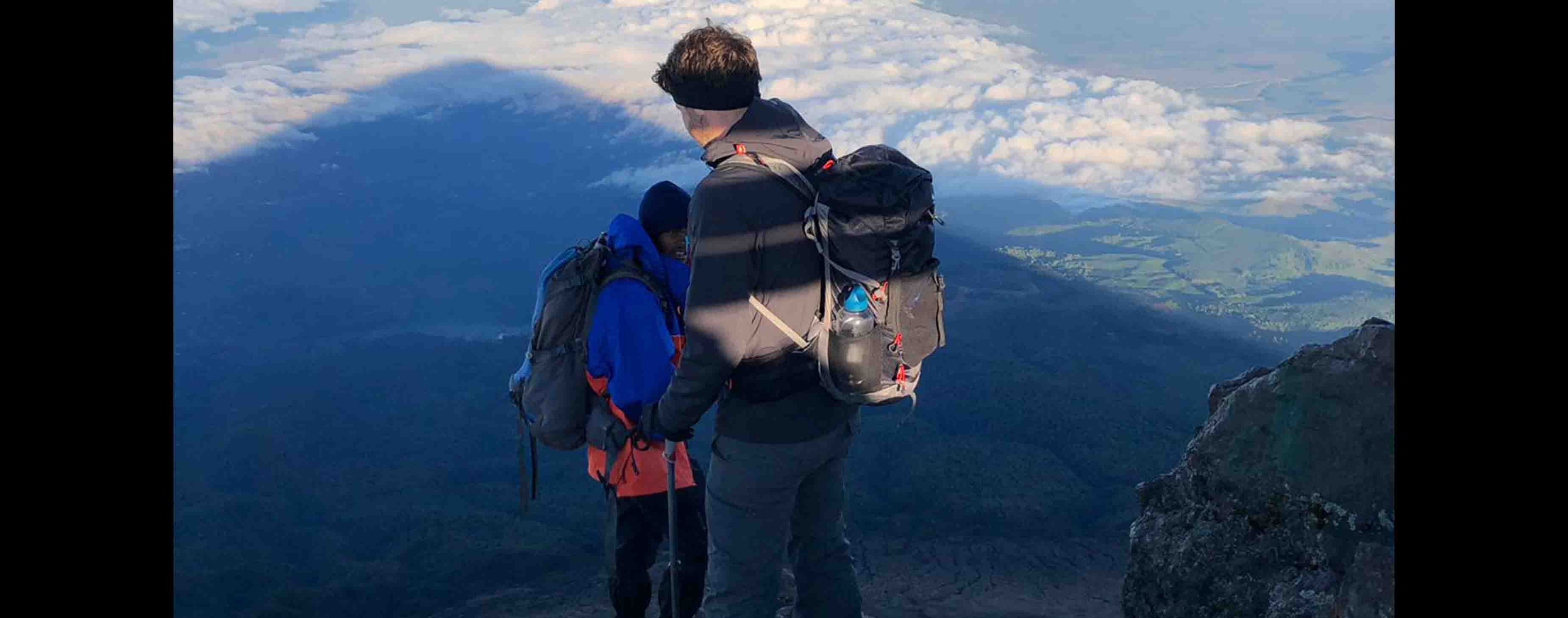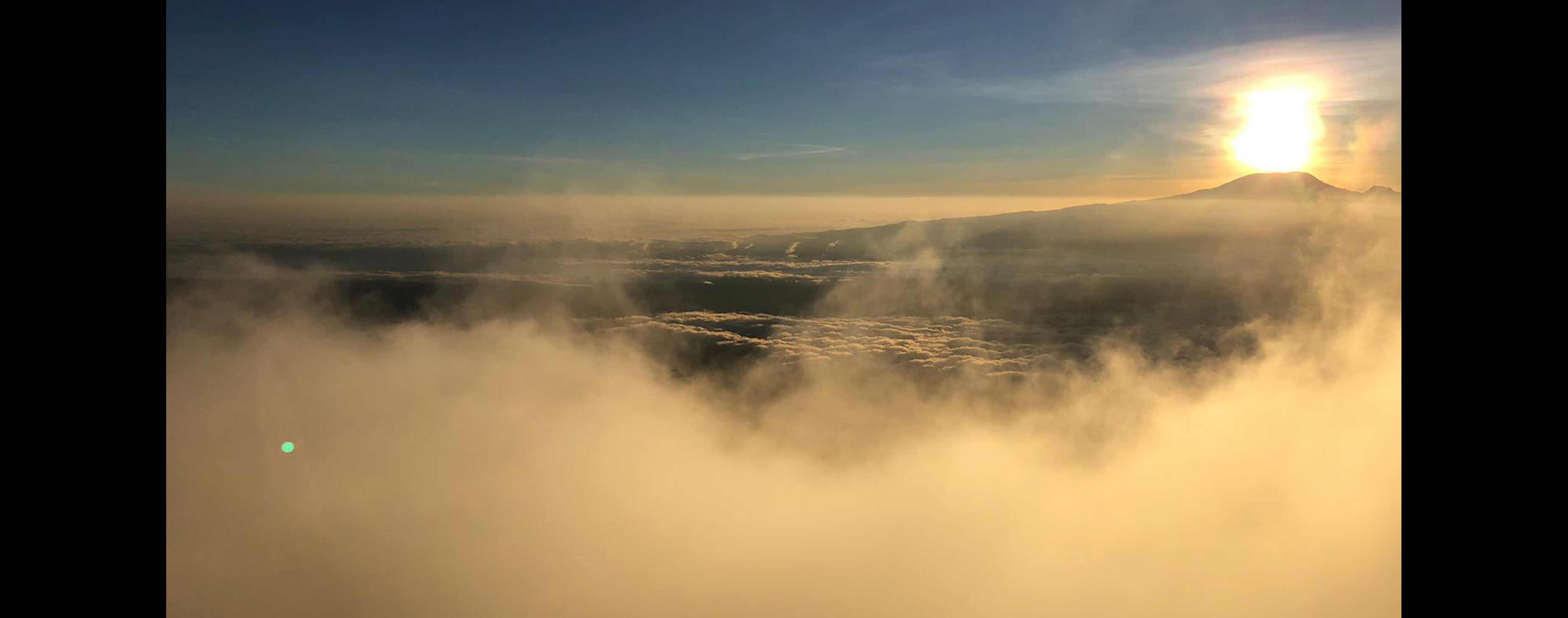About Kilimanjaro
It is the highest mountain in Africa and the highest single free-standing mountain in the world, with its summit of 5,895 metres (19,341 ft) above sea level and at about 4,900 metres (16,100 ft) high from its plateau base. Kilimanjaro is also the fourth most topographically prominent peak on Earth. Kilimanjaro has three volcanic cones, Mawenzi, Shira and Kibo. Mawenzi and Shira are extinct but Kibo, the highest peak, is dormant and could erupt again.
Marangu Gallery
About Marangu Route
The Marangu Route, often dubbed the "Coca-Cola Route," stands as one of the most popular and accessible paths to the summit of Mount Kilimanjaro, Africa's tallest peak. Renowned for its relatively gentle gradients and the availability of hut accommodations along the way, the Marangu Route attracts trekkers of varying experience levels, making it a favored choice for those seeking a comfortable and well-established trekking experience.
Lemosho Route Gallery
About Lemosho Route
The Lemosho Route is a renowned and scenic pathway to the summit of Mount Kilimanjaro, known for its breathtaking landscapes and opportunities for wildlife viewing. Considered one of the more remote and less crowded routes, the Lemosho Route offers adventurers a chance to immerse themselves fully in the pristine wilderness of Africa's highest peak.
Machame Route Gallery
About Machame Route
The Machame Route, often referred to as the "Whiskey Route," is renowned for its stunning vistas, diverse landscapes, and challenging yet rewarding trekking experience on Mount Kilimanjaro. As one of the most popular routes, it attracts adventurers from around the world seeking an immersive journey to Africa's highest peak.
Umbwe Route Gallery
About Umbwe Route
The Umbwe Route is renowned as one of the most challenging and scenic paths to the summit of Mount Kilimanjaro, offering a thrilling adventure for experienced trekkers seeking a rugged and less-traveled route. Known for its steep ascents, breathtaking views, and diverse landscapes, the Umbwe Route provides a demanding yet rewarding journey to Africa's highest peak.
Rongai Route Gallery
About Rongai Route
The Rongai Route, often considered the quieter and more secluded path to the summit of Mount Kilimanjaro, provides trekkers with a serene and less crowded journey through diverse landscapes and breathtaking scenery. Known for its gradual ascents, stunning vistas, and unique perspectives of the mountain, the Rongai Route offers adventurers a memorable trekking experience on Africa's highest peak.
Kilimanjaro Trekking Itineraries
Mt Kilimanjaro is the highest mountain in Africa and does not require any technical climbing! All you need is walk slow but steady. For the summit to be reached, your body must sufficiently acclimatize itself. It is important to be physically, emotional and spiritual prepared for the Kilimanjaro Expedition.

Kilimanjaro Trekking Marangu Route
The Marangu Route stands out as one of the most popular and well-traveled paths to the summit of Mount Kilimanjaro, the highest peak in Africa. Known as the "Coca-Cola Route" due to its relative ease and availability of amenities along the way, it offers a scenic journey through diverse landscapes, from lush rainforests to alpine deserts and glacial zones.
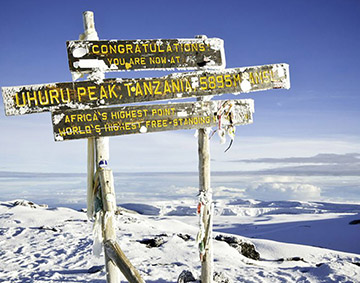
Kilimanjaro Trekking Machame Route
The Machame Route, often referred to as the "Whiskey Route," presents a more challenging and scenic approach to conquering Mount Kilimanjaro, Africa's highest peak. Renowned for its stunning vistas and diverse landscapes, this route is favored by many adventurers seeking a more rugged and adventurous trekking experience.
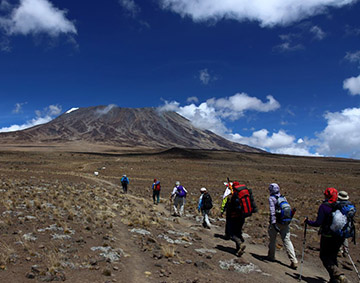
Kilimanjaro Trekking Lemosho Route
The Lemosho Route is a captivating and relatively less-traveled path to the summit of Mount Kilimanjaro, offering trekkers a pristine wilderness experience and stunning panoramas of the surrounding landscapes. Known for its scenic beauty and diverse ecosystems, the Lemosho Route provides adventurers with a rewarding and immersive journey to Africa's highest peak.

